Wat Saket (Phu Khao Thong)
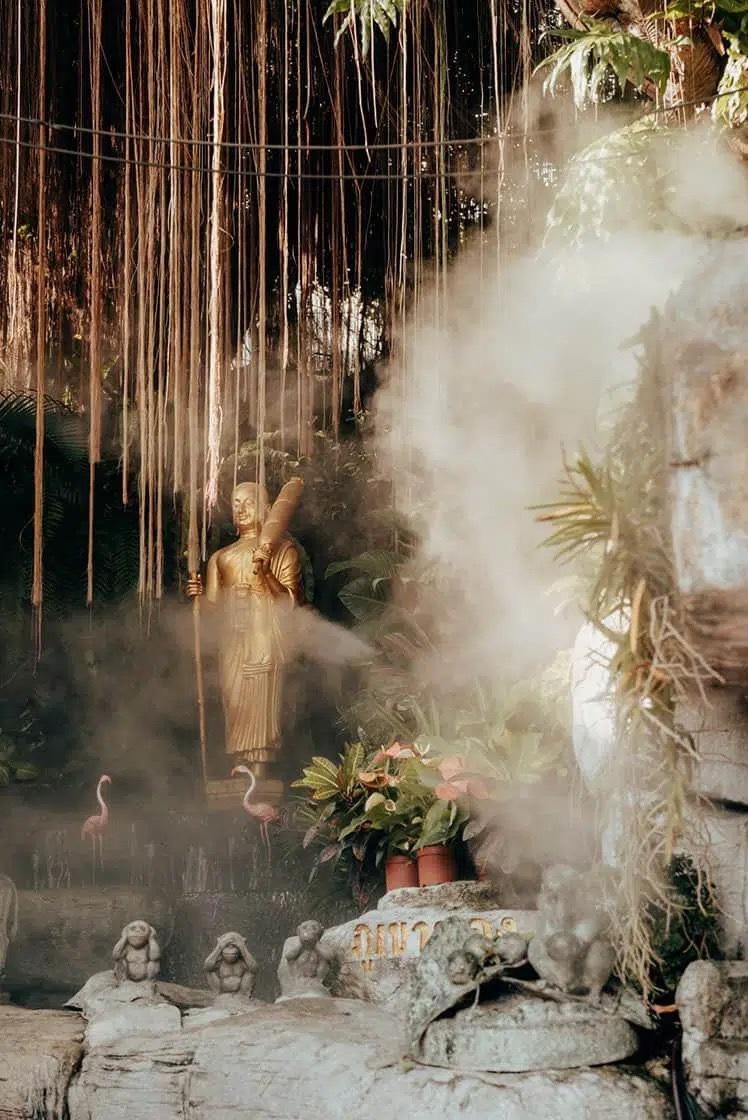
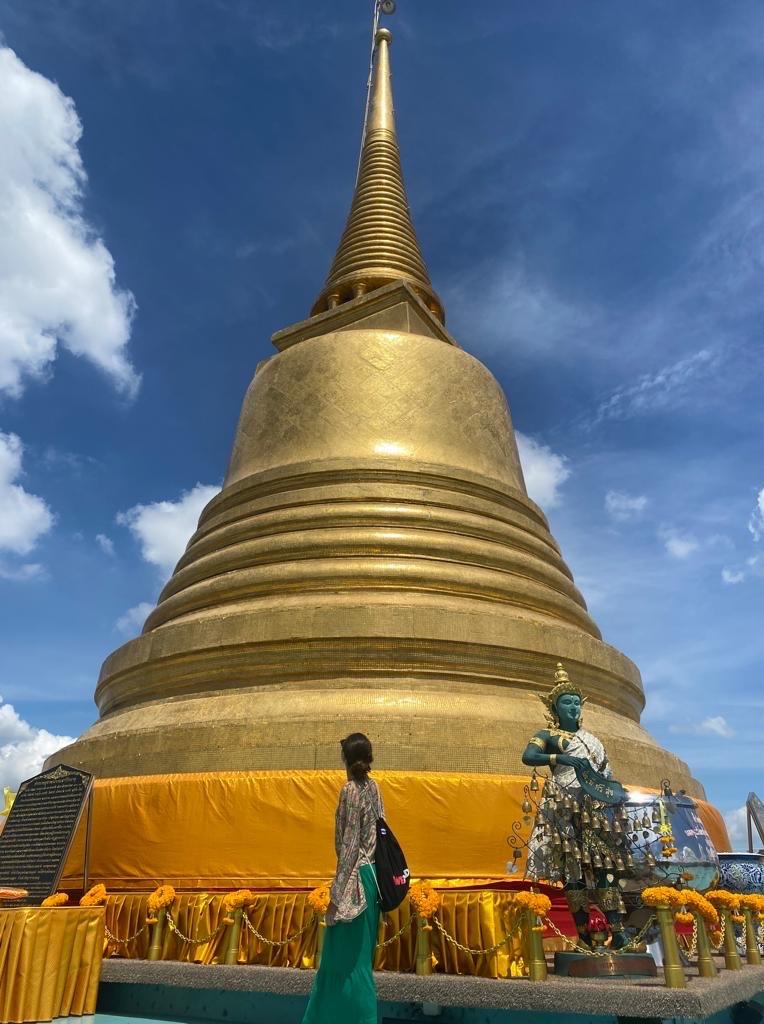
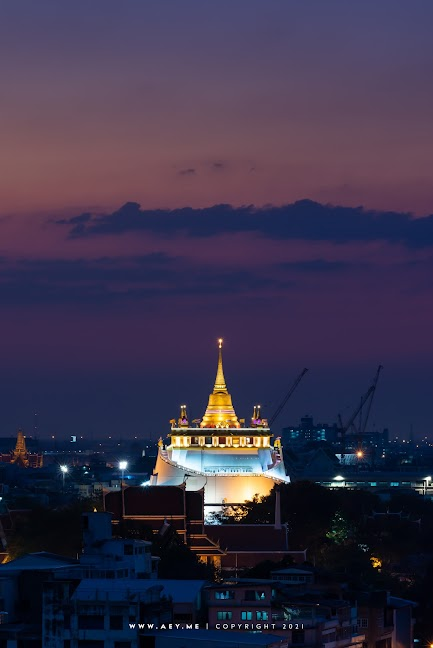
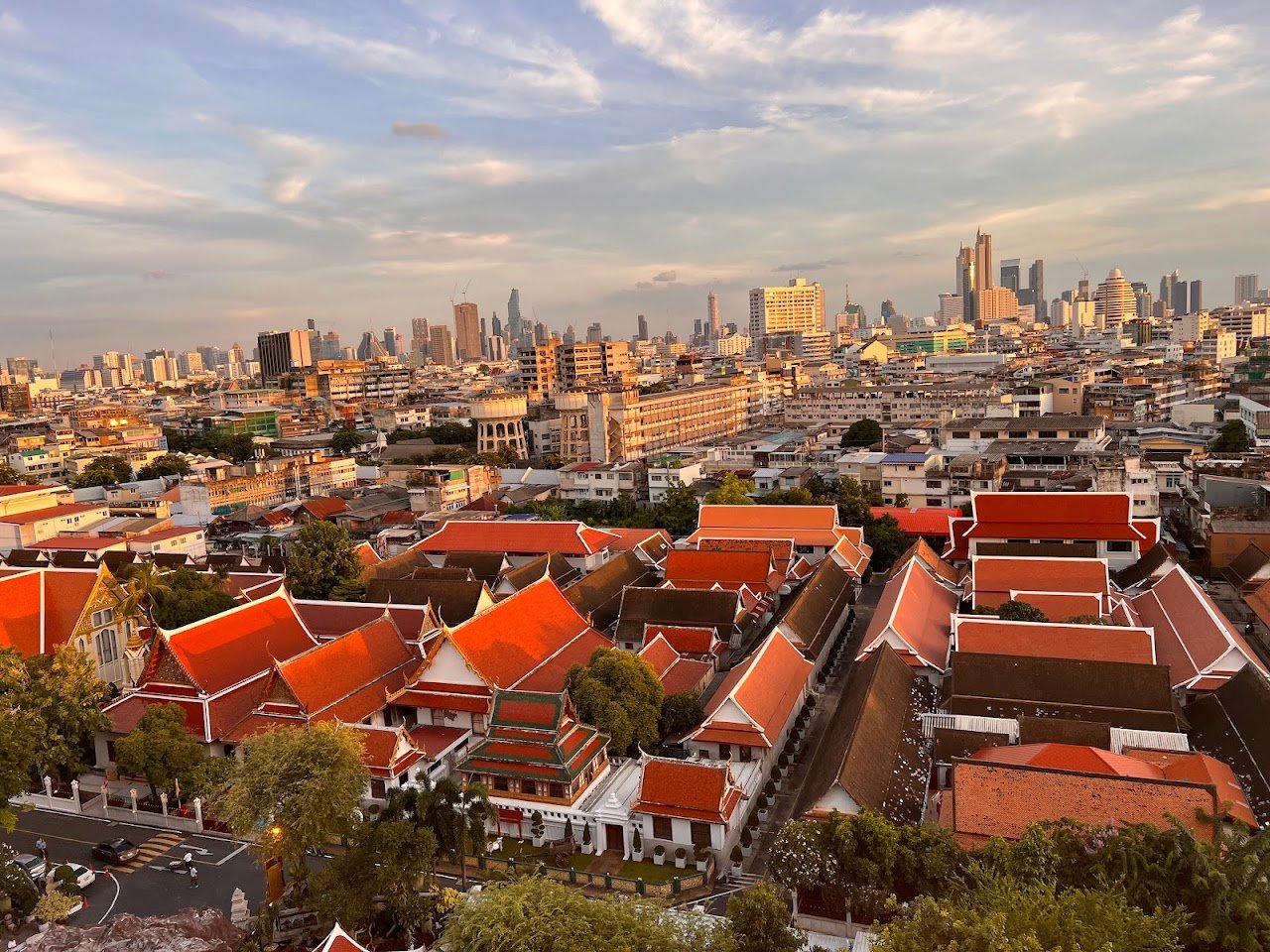
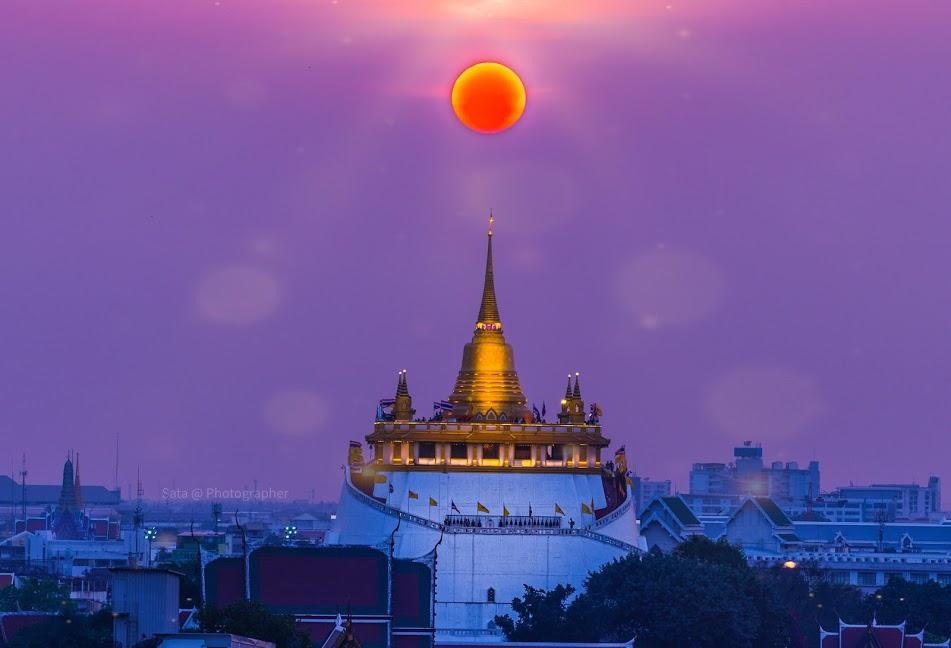
Ask ThatchGPT
Suggest a local expert to plan my trip
Suggest an unique itinerary for my Thailand trip
What foods do Thailand locals eat
What are some true hidden gems in Thailand
Help me brainstorm trip ideas for Thailand
Help me plan a family-friendly trip to Thailand
What people say
Pedro Pereira
Available for hire
"Wat Saket Ratchawora Mahawihan, commonly known as Wat Saket, is a significant Buddhist temple in Bangkok, Thailand, located in the Pom Prap Sattru Phai district. The temple has its origins in the Ayutthaya era and was originally known as Wat Sakae. When Bangkok became the capital, King Rama I renovated and renamed the temple to Wat Saket, a name derived from the belief that the king stopped to wash his hair here after returning from war before entering the city.
The temple’s most famous feature is Phu Khao Thong, or the Golden Mountain, a steep artificial hill within the temple grounds. King Rama III initially intended to build a grand chedi here, but the structure collapsed due to the soft Bangkok soil. Over time, the abandoned chedi became overgrown and shaped itself into a natural hill, which was later used as a lookout tower. During the reign of King Rama IV, a smaller chedi was constructed on top of the hill, and the structure was covered in gold during King Rama V’s reign. A relic of the Buddha was brought from Sri Lanka and enshrined in the chedi.
The temple is known for its annual festival held in November, where devotees participate in a candlelight procession up Phu Khao Thong. The chedi is wrapped in a red robe, with names written on it for prayer, believed to bring blessings. Alongside this religious event, the temple hosts a Loi Krathong festival and other local entertainments, such as freak shows, which have been a part of the celebration for many years.
In the past, Wat Saket was also a site for cremating bodies outside the city walls. During cholera outbreaks in the early Rattanakosin period, the temple became a place where many bodies were brought for cremation, and vultures began to feed on the corpses. This grim image led to the phrase “Vultures of Wat Saket,” referring to the association between the temple and the cholera outbreaks.
Today, Wat Saket is a popular tourist attraction, particularly for those looking to enjoy the panoramic views of Bangkok from the Golden Mountain, which has become an iconic symbol of the city."
Read more in:
Lea Trathnigg
"Wat Saket ist eine der Hauptattraktionen von Bangkok. Das ist aber gar nicht so sehr der Tatsache geschuldet, dass es sich um eine der ältesten buddhistischen Tempelanlagen der thailändischen Hauptstadt handelt, sondern vielmehr wegen des sogenannten „Goldenen Berges“. Der Goldene Berg ist ein im westlichen Teil der Tempelanlage gelegener 79 Meter hoher, künstlich aufgeschütteter Hügel, der von einer goldenen Chedi gekrönt wird. Vom Berg aus genießt man einen grandiosen Panoramablick auf das Zentrum von Bangkok.🦚📿🪷🛕
-große Vielfalt an exotischen Pflanzen
-Mönche und Gläubige (die hier ein Gebet sprechen und ein Opfer darbringen)
-Läuten der vielen Gebetsglocken
-angemessene Kleidung (Schulter, Knie bedeckt)
20 THB p.P. (0.50€) "
Read more in:
Aleksandra Lechwar
Available for hire
"You can visit wat (monasteries) for free all over Bangkok, but the Ayutthaya-era Golden Mount – sharing a compound with Wat Saket – is one of the best, not least for its stunning views over the surrounding streets. Its glimmering golden chedi (stupa) can be seen shimmering high above the old part of Bangkok and the surrounding canals. It's free to visit the monastery, but there's a modest 50bath fee to climb to the summit. "
Read more in:
Mentioned in these guides
About Wat Saket (Phu Khao Thong)
Get the inside scoop on Wat Saket (Phu Khao Thong) from local experts, travel creators, and tastemakers. Browse genuine trip notes, Wat Saket (Phu Khao Thong) reviews, photos, travel guides, and itineraries from real travelers and plan your trip with confidence.
Website
Phone
Save this spot for later or start mapping out a new trip today
Try our AI Travel Assistant and get instant answers to any questions about your trip.
Ask ThatchGPT


